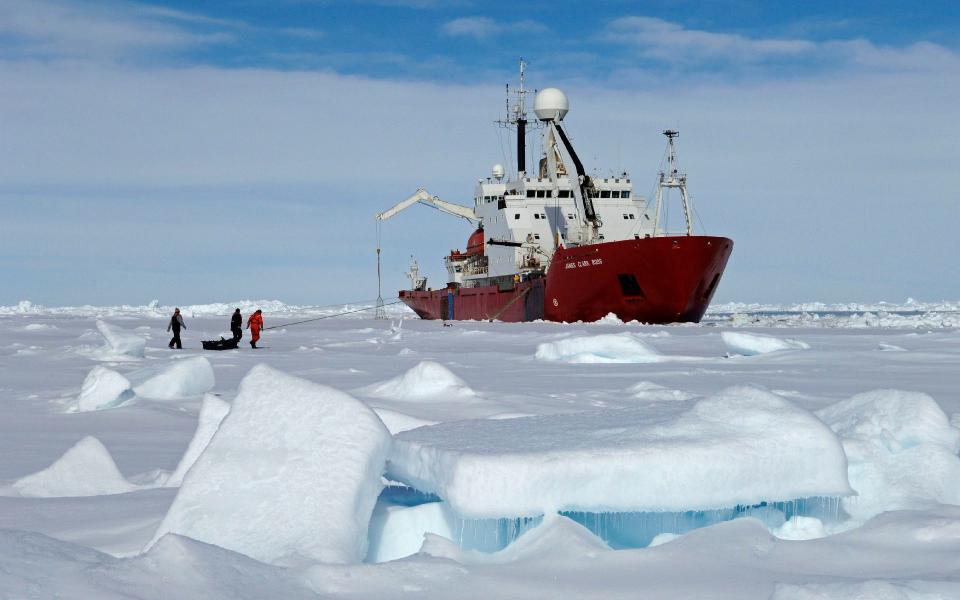Antarctic glacier the size of Britain could 'shatter like a car windscreen,' scientists warn

An Antarctic glacier the size of Britain could “shatter like a car windscreen” in the next five to 10 years, causing a significant rise in global sea levels, scientists have warned.
The Thwaites glacier in the western Antarctic is the widest on earth at 80 miles across. A huge part of it is now in danger of breaking off and releasing hundreds of billions of tonnes of ice into the ocean.
Data from a comprehensive study by the International Thwaites Glacier Collaboration (ITGC) shows that this colossal glacier is particularly vulnerable to climate change, and the effects of its collapse would be devastating.
Thwaites - also known as the ‘Doomsday glacier’ - has already lost an estimated 900 billion metric tons of ice since 2000. Its annual ice loss has doubled in the past 30 years, and it now loses approximately 45 billion metric tons more ice than it receives in snowfall per year, according to The International Thwaites Glacier Collaboration (ITGC).
It is pinned in place by an underwater mountain, but the grip is loosening as warm water melts the ice below the surface.
If the glacier were to break up entirely and release all its water into the ocean, sea levels worldwide would rise by more than 2 feet (65 centimetres), said ITGC lead coordinator Dr Ted Scambos.
"And it could lead to even more sea-level rise, up to 10 feet (3 m), if it draws the surrounding glaciers with it," Dr Scambos said in a statement.
"There is going to be dramatic change in the front of the glacier, probably in less than a decade. Both published and unpublished studies point in that direction," he added.
"I visualise it somewhat similar to that car window where you have a few cracks that are slowly propagating, and then suddenly you go over a bump in your car and the whole thing just starts to shatter in every direction," said Dr Erin Pettit from Oregon State University.

At present, the eastern shelf, which has a width of about 40km, moves forward at about 600m per year. The coming change in status could see the following ice jump in speed to about 2km per year - the same as the current velocity recorded in the 80km-wide western sector.
More tests will be carried out in the new year by Boaty McBoatface, the British Autonomous Underwater Vehicle, which will dive under the ice to collect data on water temperature, current direction and turbulence - all factors that influence melting.
"It's scary. We might not get Boaty back," conceded Dr Alex Phillips from the UK's National Oceanography Centre.
"We've put a lot of effort this past year into developing collision avoidance for the vehicle, to make sure it doesn't crash into the seabed. We also have contingencies whereby if it does get into trouble, it can retrace its steps and retreat to safety."

